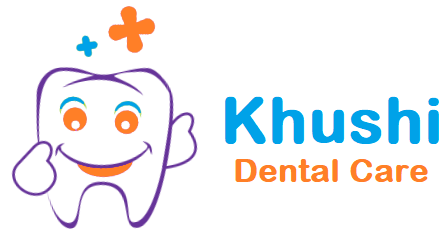Teeth Whitening: Brighten Your Smile and Boost Your Confidence
Teeth whitening has become a widely popular cosmetic dental procedure, offering a simple yet effective way to enhance the brightness of your smile. A radiant smile not only improves aesthetics but also boosts self-confidence and leaves a positive impression on others. In this article, we will explore the benefits, methods, potential risks, and considerations associated with teeth whitening.
Benefits of Teeth Whitening
The primary benefit of teeth whitening is, of course, a brighter smile. Over time, our teeth can become stained and discolored due to various factors such as the consumption of dark-colored foods and beverages, smoking, aging, and certain medications. Teeth whitening treatments can effectively remove these stains, revealing a whiter and more youthful smile.
Aside from aesthetics, teeth whitening can have several other advantages:
- Enhanced Self-Confidence: A beautiful smile can boost your self-esteem and confidence. Feeling good about your teeth can encourage you to smile more freely, leading to improved social interactions and overall well-being.
- Improved Appearance: Your smile is a key aspect of your facial aesthetics. Whiter teeth can make you appear younger and more attractive, enhancing your overall appearance.
- Special Occasions: Many individuals choose teeth whitening before significant life events such as weddings, job interviews, or reunions. A brighter smile for these occasions can make you feel more self-assured and ready to face the world.
Methods of Teeth Whitening
Several teeth whitening methods are available, catering to various preferences and budgets. These methods can be broadly categorized into two types: at-home treatments and professional in-office treatments.
- At-Home Treatments: Over-the-counter (OTC) teeth whitening products are widely available at drugstores and supermarkets. These include whitening toothpaste, whitening strips, whitening gels, and whitening mouthwashes. While convenient and more affordable, OTC products may yield gradual and milder results compared to professional treatments.
- Professional In-Office Treatments: These treatments are performed by dentists or dental hygienists in a dental office. They involve the application of a higher concentration of bleaching agents, often activated by a special light or laser. In-office treatments provide faster and more significant results compared to at-home methods.
Potential Risks and Considerations
While teeth whitening is generally safe, some individuals may experience side effects. Common risks associated with teeth whitening include:
- Tooth Sensitivity: Temporary tooth sensitivity to hot or cold stimuli is a common side effect of teeth whitening. This sensitivity typically subsides after the treatment is complete.
- Gum Irritation: Some people may experience mild gum irritation if the bleaching agent comes into contact with the soft tissues. Using custom-fit trays can help prevent this issue.
- Enamel Damage: Overusing or misusing teeth whitening products can potentially damage the tooth enamel. It’s essential to follow the recommended guidelines and seek professional advice if needed.
Before undergoing any teeth whitening procedure, consider the following factors:
- Oral Health: Teeth whitening is most effective for individuals with healthy teeth and gums. Pre-existing dental issues, such as cavities or gum disease, should be addressed before starting any whitening treatment.
- Type of Stains: Teeth whitening works best for extrinsic stains caused by external factors like food and drinks. Intrinsic stains, which occur inside the tooth, may require alternative treatments.
- Expectations: It’s crucial to have realistic expectations about the outcome of teeth whitening. Results can vary based on the individual’s starting tooth color and the chosen whitening method.
